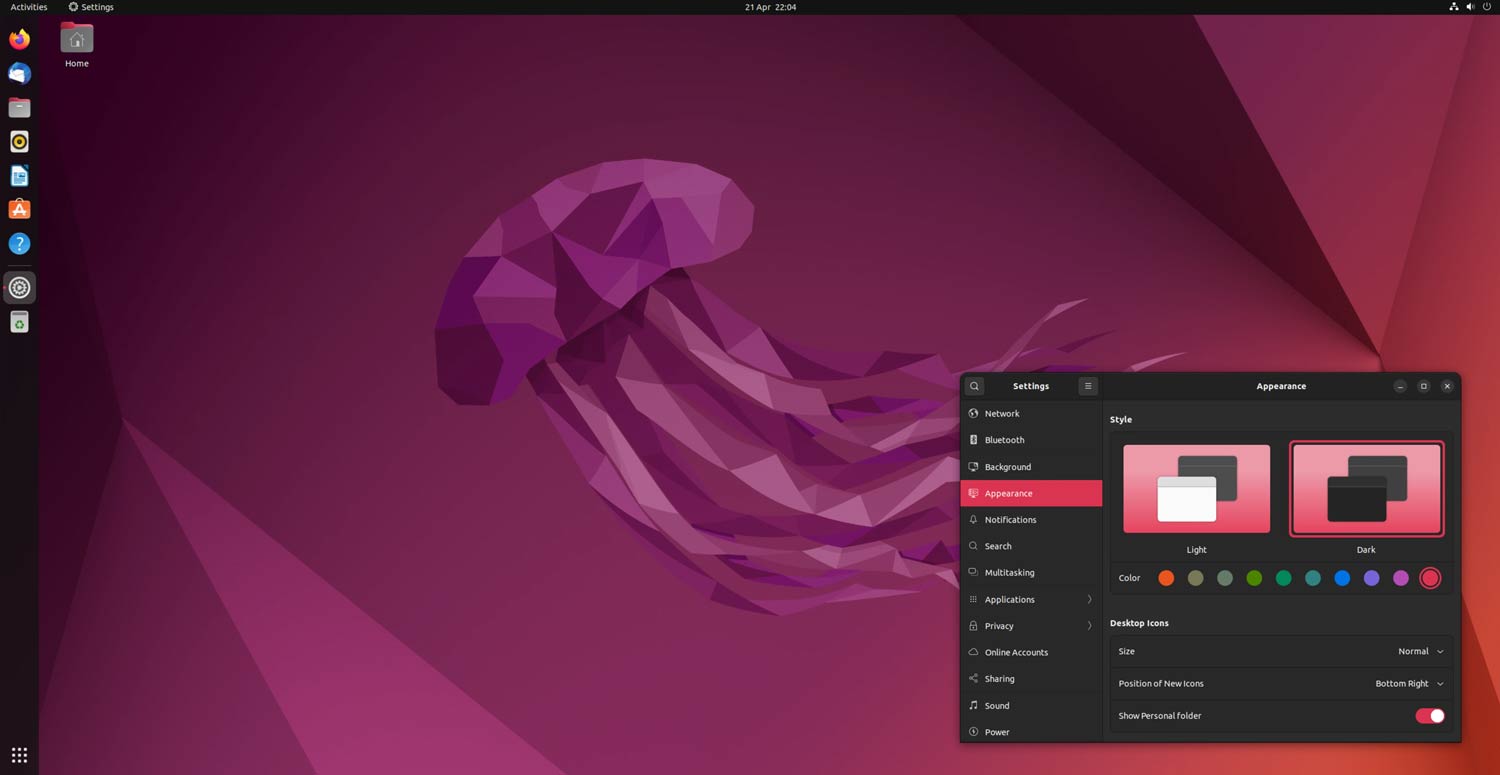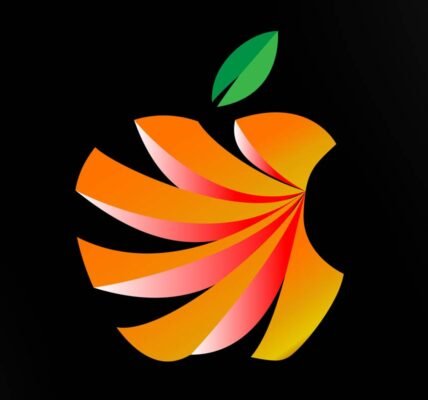 Linux on the desktop is enjoying something of a resurgence in popularity as the age-old battle between the underdog open-source operating system and market leader Microsoft Windows hots up again.
Linux on the desktop is enjoying something of a resurgence in popularity as the age-old battle between the underdog open-source operating system and market leader Microsoft Windows hots up again.
So, is this the year that Linux, in its many variants, becomes the mainstream desktop operating system? That’s unlikely. But the reasons why Linux is growing its market share on the desktop are nonetheless interesting.
On an expanded definition – counting all computing form factors, including mobile devices and the computer servers that populate vast data centres – Linux is the most widely used operating system in the world, and has been for years.
This is because most of the world’s “computers” are smartphones that run Google’s Android operating system, which is built on Linux and other open-source software. According to analysis site Statcounter, Android had 43.74% of the world’s total operating system market share as of February 2024, followed by Windows with 27.39% and iOS with 17.82%.
In the desktop world, however, the picture is rather different. Windows still holds a commanding 72.13% of the market (also as of February 2024), while Linux has managed to increase its share to a meagre 4.03% — even as it enjoys strong growth off a low base, gaining 1.09 percentage points year on year. That might not sound like a lot, but it represents annual growth of 37.1%.
It is clear from the statistics that the “year of the Linux desktop” is still far away. Linus Torvalds, the creator of the Linux operating system, believes the software is unlikely ever to dominate on the desktop because, unlike Windows, which is a single operating system with a few different versions, Linux has many different operating systems, or distros, with many different versions. This fragmentation increases complexity for users who may be daunted by the prospect of learning a how the user interface works for each Linux distro they come across.
Growing in popularity
According to Linux resource site DistroWatch, there are more than 200 Linux distributions with more than 21 different desktop interfaces available.
“I wish we were better at having a standardised desktop that goes across all the distributions. This is not a kernel issue; it’s more of a personal annoyance of how the fragmentation among different vendors has perhaps held the desktop back a bit,” said Torvalds in a TFiR interview in 2018.
Even so, Linux continues to grow in popularity. The first reason for this may be that Microsoft has shifted its primary focus away from Windows to its enterprise cloud business.
Read: Open-source software worth a lot more than you pay for it
“Microsoft will probably start giving Windows away for free at some point,” said Julian Gericke, chief technology officer at LSD Open, a firm that specialises in the commercial application of open-source software.
“They’ve done an amazing job at pivoting what was their core revenue stream – their proprietary operating system and the productivity suite (Office) that runs on top of it into a consumption business – Microsoft 365 and Azure (which will include their AI services). Windows is far less relevant today than it was in the heyday of 1995.”

Adding to Linux’s growing popularity are changes in user perceptions about the difficulty involved in installing and using it on the desktop. User-friendlier distributions, such as Linux Mint and the South African-born Ubuntu, developed by a team led by Mark Shuttleworth, have made it easier for non-technical users to explore the Linux universe.
“To be fair, Linux on the desktop is largely a niche space. There has been growth over the years, with more and more user-centric distributions becoming available, such as Mint and more recently Pop!_OS,” said Gericke.
Installing applications on Linux has also become much simpler than in the past. Containerised application programs such as Flatpak, Snap and AppImage have made it much easier to install Linux apps without having to worry about finicky distribution-specific issues.
Installing the Linux kernel itself can be as simple as mounting a virtual disk and following a simple click-by-click tutorial, although a more technically demanding install, like Gentoo’s, is available for the open-source purists, or anyone looking for a challenge.
Gericke said the slight gains Linux is making in the end-user space will continue to be overshadowed by its dominance in core infrastructure. The internet runs on Linux, he said.
Linux is the preferred operating system for server workloads, the edge devices in internet-of-things networks and the tools that integrate artificial intelligence into web applications.
“Of course, while AI modelling runs on GPUs (graphics processing units) or TPUs (tensor processing units), the OS underpinning AI orchestrators is inevitably Linux as well. At least presently, there aren’t any alternative operating systems that offer the same open standards and integration possibilities to unseat it,” said Gericke. – © 2024 NewsCentral Media




